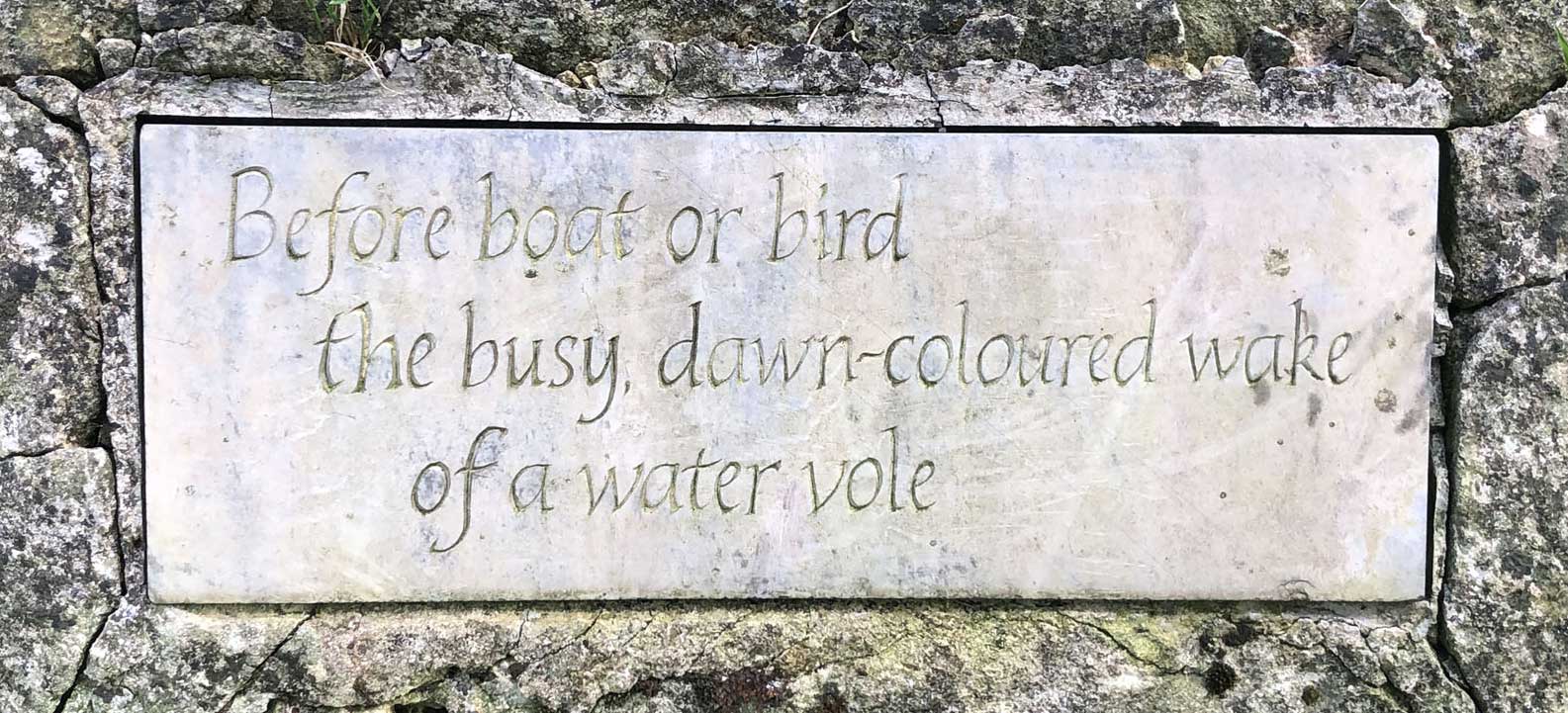Buildings that played an essential role in the history of Brimscombe Port.
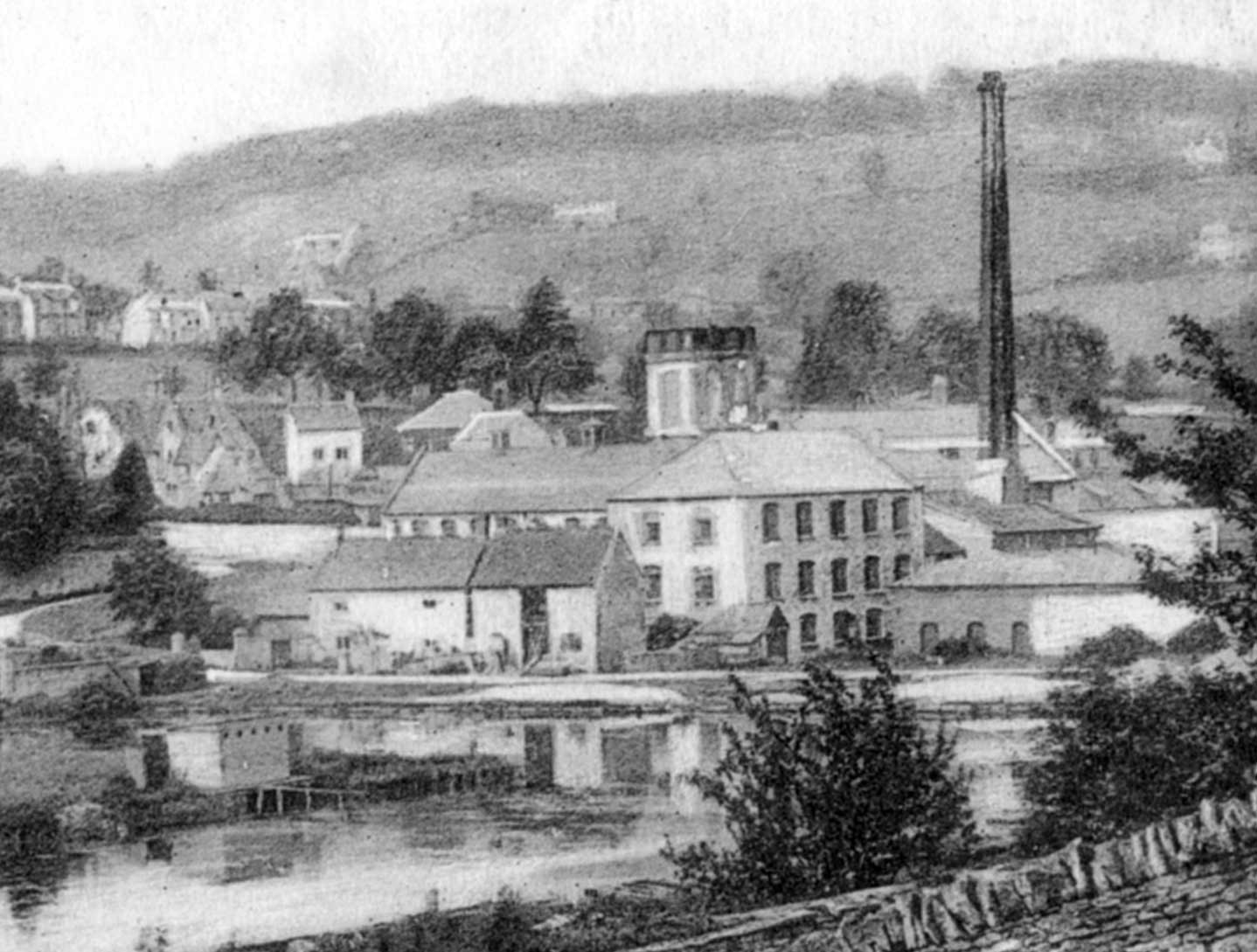

Port Mill was severely damaged by fire in 1864. After restoration, it continued to produce fine woollen cloth until approximately 1920, and subsequently it was put to a range of other uses.
On the Retail Wharf in front of the mill is a small warehouse that was built for the storage of salt in 1791. It has vents in the walls through which warm air was passed to keep the salt dry. Now a listed building, this remarkable survivor reminds us of the importance of the salt trade along the canal in the fifteen years following 1791.
Beside the salt warehouse stood the house, which in the twentieth century was occupied by the foreman of the local canal employees and was then demolished.


In the early years, Terrace House on the south side of the basin was occupied by the principal trader of the time. Behind the house was a warehouse used by the resident for his business.
By the second half of the nineteenth century, trade on the canal had declined, and the T&S Company let the house to whoever would pay the rent. In the twentieth century, the building was divided into two dwellings.
The stone in the foreground of the picture lies on what had been the Retail Wharf, where coal had been sold for local use.
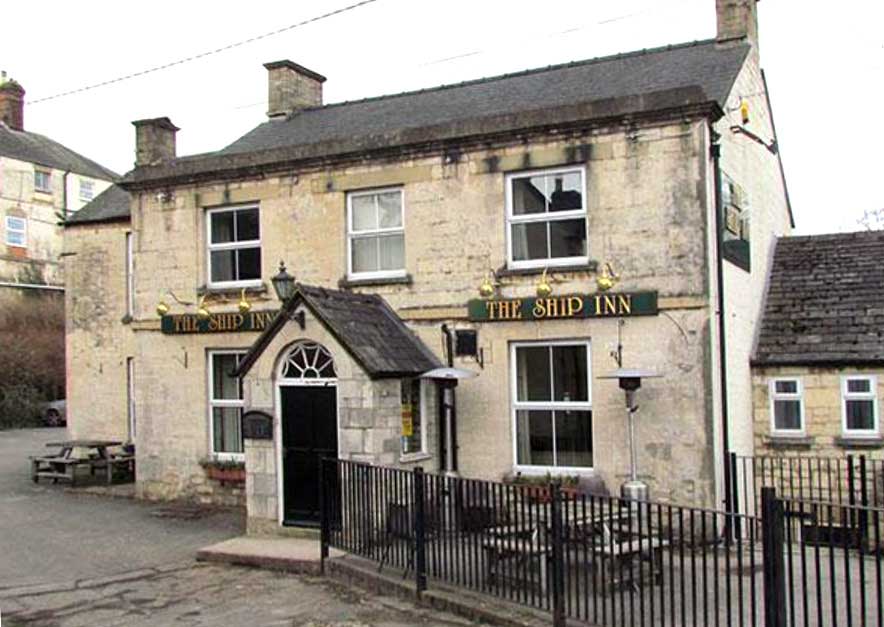

This building occupies a prominent site beside the bridge over the River Frome, and a public house was located here during the construction of the canal by the navvies.
The landlord's wife was a devout follower of John Wesley, and she put her beliefs into practice. She would not allow swearing or drunken behaviour under her roof, and she turned away those who had already drunk too much. This occasionally brought her threats of violence, but she always remained calm. She ran the pub for 29 years until her eldest son took over in 1813.
In addition to being a venue for social gatherings, the pub was frequently used for inquests into drownings in the canal, meetings of local organisations, and special celebrations. In 1898, a dinner was held to celebrate the launch at Hope Mill of an 85 ft long passenger steamer for the Thames, and two years later, cannons were fired to report the Relief of Mafeking.
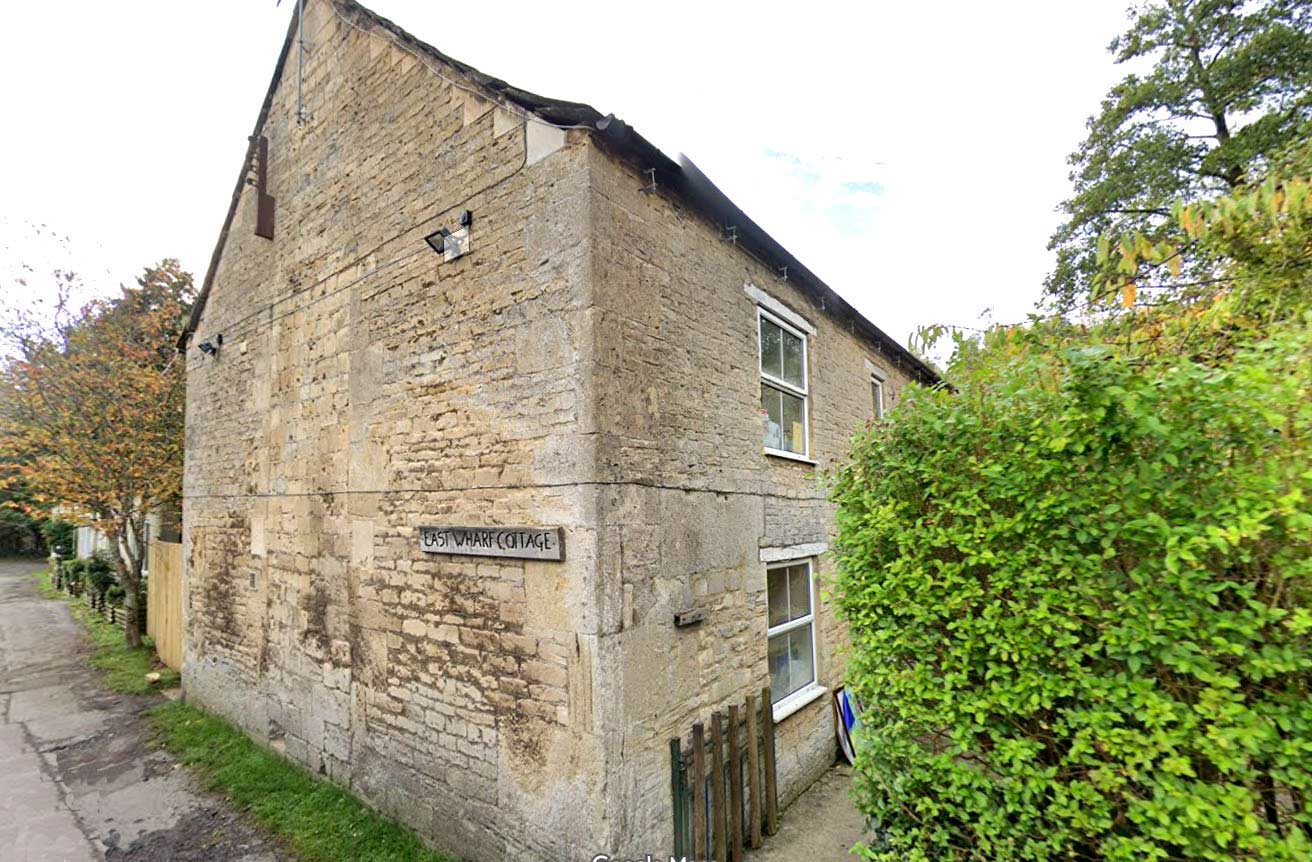

This building, located on the south side of the basin, was known as Warehouse No. 6 in the mid-nineteenth century. In 1864, it was used as a blacksmith's workshop. By 1870, the T&S Company converted it into two properties named North Cottage and South Cottage.
The T&S Company was compelled to sell the cottages in 1889 after a legal case brought by some shareholders determined that these and other specified properties were no longer necessary for the Company's business and could therefore be sold to reduce the Company's debt.
East Wharf Cottage is now a female-only residential rehabilitation treatment centre run by The Nelson Trust.
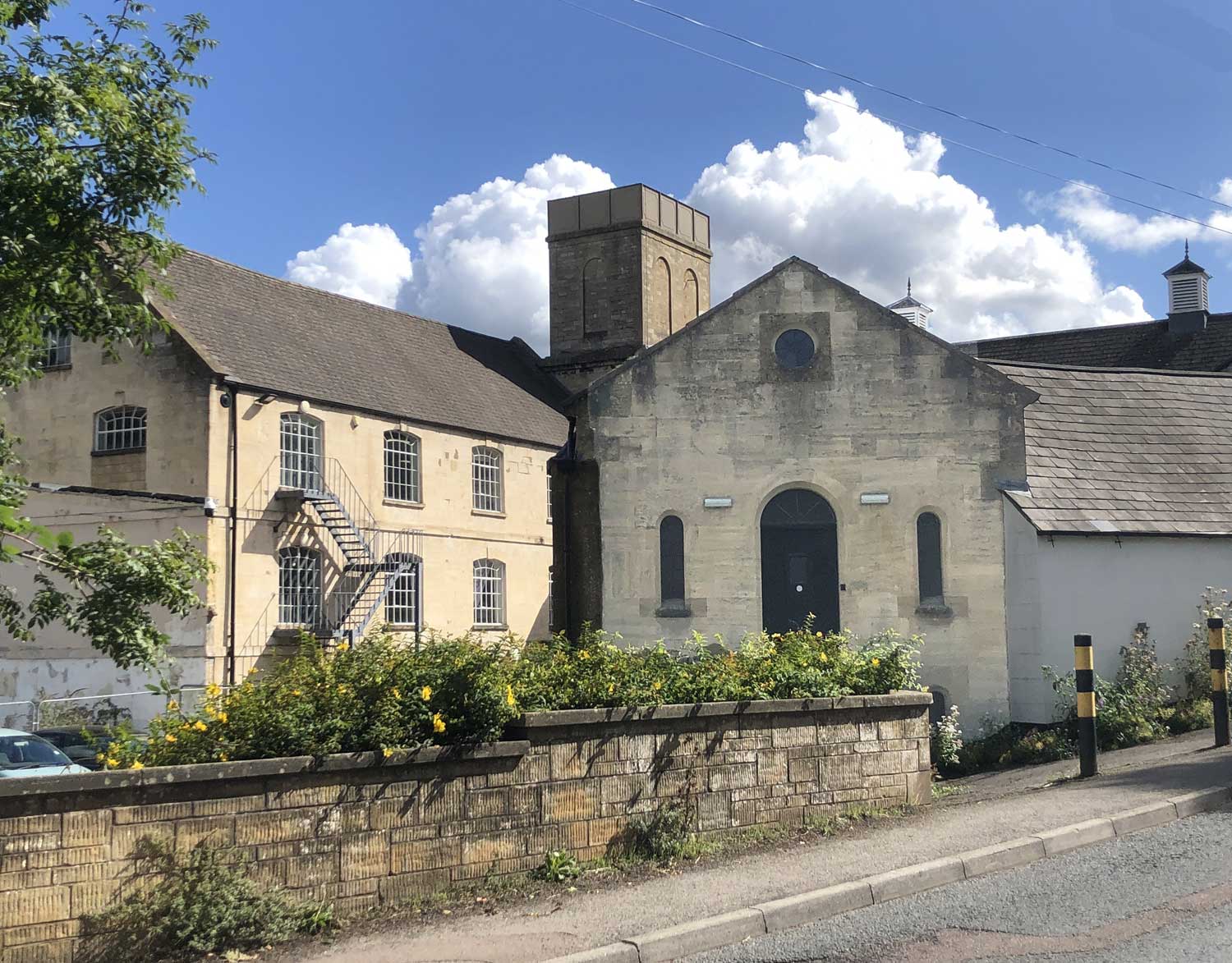

This chapel was provided by the owner of the adjoining Port Mill in the 1870s. At that time, many of his employees were looking for a suitable location for holding regular services, having outgrown their earlier premises. Known as Primitive Methodists, the group had no single leader, and various speakers occupied the pulpit.
After a few years, the congregation continued to grow, and funds were raised for a new chapel on land known as Rack Hill on the north side of the basin. This was opened in 1882, and a full-time pastor was appointed from the Plymouth Brethren.
The front of the old chapel survived as part of the mill complex, and the building behind the front was converted to offices. The successor chapel is now occupied by an estate agent.
History of Port Mill from https://www.british-history.ac.uk/vch/glos/vol11/pp119-132.
History of Terrace House from T&S Company archives.
Wife of Ship Inn landlord from Memoirs of Mrs Sarah Butler, 1831 (Google Books).
Ship Inn activities from the British Newspaper Archive.
Conversion of warehouse to East Wharf cottages from TS/260/4 and TS/193/3, 22 Oct 1863 & 4 Apr 1870.
Sale of East Wharf cottages in 1889 from TS/210/11.
Mission Chapel history from the Stroud Journal, 6 May 1882, and Kelly's directory 1879.
Water Vole Wake
On a stone, across the bridge from Terrace House, Jim Fenton has inscribed a poem in Haiku style by R P Miller:
